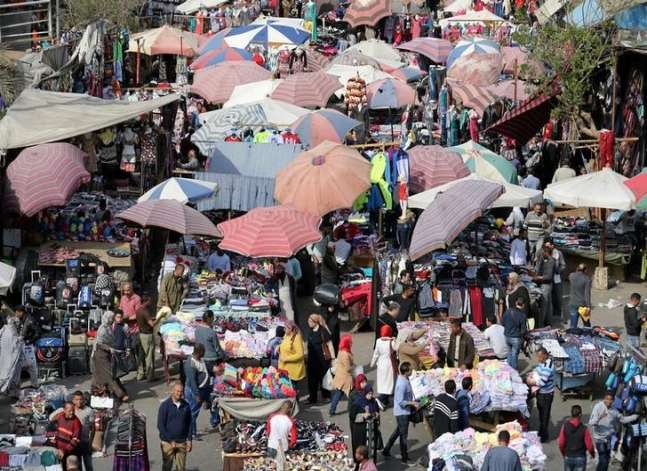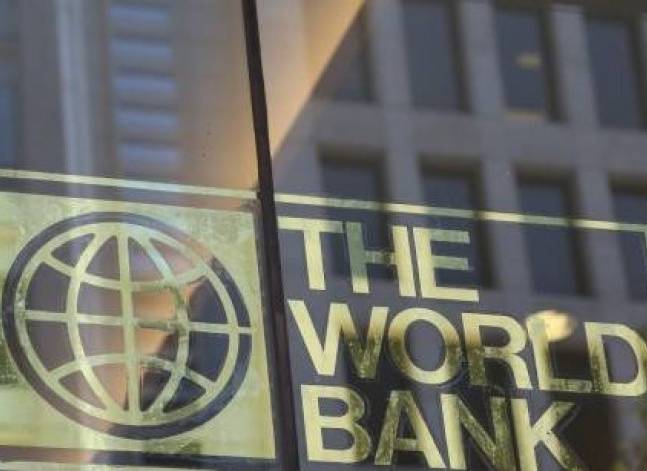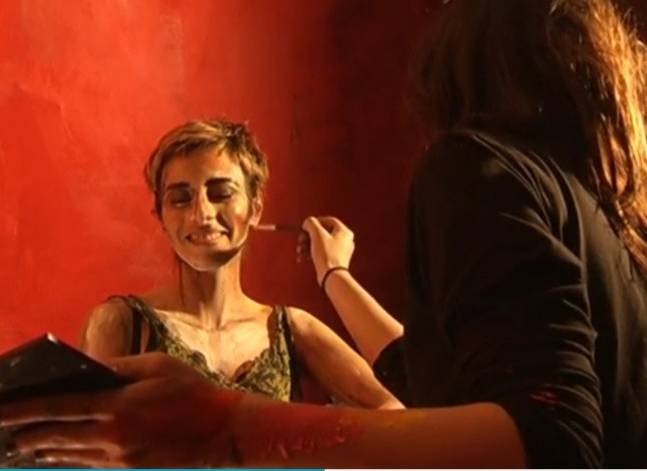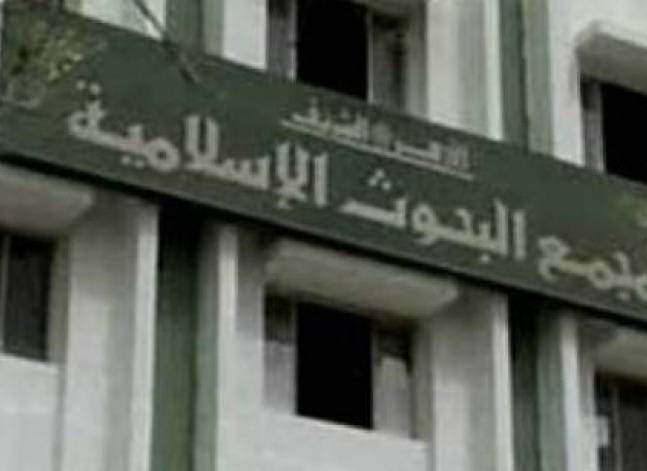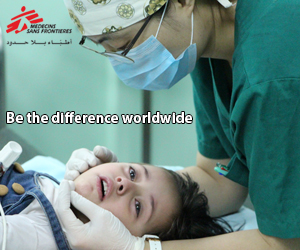Latest NEWS
- Aswat Masriya, the last word
- Roundup of Egypt's press headlines on March 15, 2017
- Roundup of Egypt's press headlines on March 14, 2017
- Former Egyptian President Hosni Mubarak to be released: lawyer
- Roundup of Egypt's press headlines on March 13, 2017
- Egypt's capital set to grow by half a million in 2017
- Egypt's wheat reserves to double with start of harvest -supply min
- Roundup of Egypt's press headlines on March 12, 2017
Egypt's street children await uncertain future
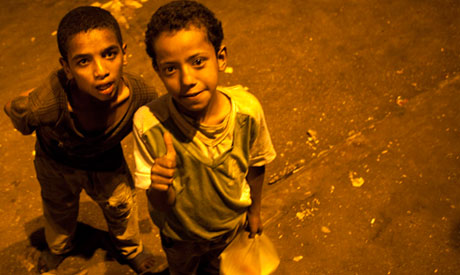
Children pose for a photograph in Tahrir Square. - Reuters
By Hazel Haddon
In a ground floor flat in a quiet, leafy street in Cairo’s Nasr City district, Sayyed, 11, sits at a kitchen table, pouring over an exercise book. He is off school with a sore leg, and has nothing to do except label a diagram showing the parts of the body, under the watchful gaze of a faded SpongeBob poster on the wall.
The flat, unassuming from the outside, is a shelter that houses boys like Sayyed who have been abandoned by their families or have run away from home and have ended up on the streets.
“It’s important that the shelter is here, in a flat in an apartment block. We haven’t put them in an institution, with a school and a mosque on the same premises,” says Ahmed Khedr, a social worker at the shelter. “The boys all attend the local school, and on Fridays we take them to pray at one of two neighbourhood mosques.”
Ensuring that the children have contact with society is important to the staff at Hope Village Society, the NGO that runs the shelter in Nasr City.
“Street children are often stigmatised by society. Sometimes we take in a child, and we rehabilitate them, but society doesn’t accept them. We need to de-stigmatise street children. Society needs to change,” says Mahmoud El-Sheikh, programme director at the NGO.
Since the 2011 uprising, street children have increasingly become part of debates in the Egyptian media, where they are regularly evoked as thugs, criminals and drug addicts at the centre of episodes of political violence.
Despite this increase in visibility, the reality of the lives of street children remains mysterious; the term itself, which has pejorative connotations in Arabic, obscures more than it explains, and the children themselves are reluctant to hear the label applied to them. Experts who work with street children struggle to define exactly who the term applies to, and estimates of the number of children on the streets vary wildly from under 10,000 to several million.
“The problem is that there is no exact definition of street children. There is a mixing between street children and child labour, so there are different figures produced for the total numbers,” explains El-Sheikh.
Many children work on the streets begging or selling small items but return home to the family unit at night.
“For us, however, street children are those who have cut off all contact with their families and live completely on the streets … and I would put their total number in the hundreds of thousands. Of course, for us it would be very useful to know the exact figure, so we can evaluate our work properly,” says El-Sheikh.
Philippe Duamelle, UNICEF Representative in Egypt, agrees that the lack of data and clarity makes working on the issue more difficult.
“It is important to get an estimate close to reality. This is how proper policies can be developed. If you deal with a caseload of 5,000 you will develop a particular set of policies that will be completely different than if you are dealing with hundreds of thousands,” he says.
“That’s why we are advocating with the government for clearer mapping of the problem.”
Those who work with street children do, however, agree that the factors that push minors towards a life on the streets are related to family dysfunction.
“Most people think the most common reason is poverty, but it’s not. The most common factor is broken families, typically divorce, a father abandoning the family, or those homes where the parents are together physically but not emotionally functioning,” says El-Sheikh.
Duamelle also emphasises dysfunction and violence as key factors. “The overall problem is poverty. But not every poor kid is on the street. It’s very often related to violence; it’s domestic violence, dysfunctional families linked to divorce, death, sudden loss of income. We also heard examples of violence in school that pushed kids to run away,” he says.
Once on the streets, children regularly experience violence at the hands of ordinary people, police, and other street children.
“Street kids have a feeling that violence is something that they are being exposed to by society, which they often then act out on each other. When fighting erupts between two groups of street children, the violence can be severe,” says El-Sheikh.
In Mokattam, a suburb in south-eastern Cairo, a shelter for street mothers run by Hope Village houses eight girls between the ages of 10 and 18. They have all been pregnant, or have been exposed to sexual abuse on the streets.
The girls’ backgrounds are rooted in family dysfunction and violence; typically they have experienced sexual violence at the hands of a father, or a mother’s new husband. Some have been rejected by a parent’s new spouse.
Once on the street, violence and sexual abuse are common experiences for the girls, says Shaimaa Abdel-Kader, psychologist at the shelter.
“I remember one case when a nine-year-old girl told me she had been raped by ten boys at once. She came to us dripping in blood. Often in these cases, it’s other kids from the streets,” says Abdel-Kader.
“In other cases, people who see the girl as being vulnerable, take her and rape her somewhere. They are normal people, and they just use the girls.
“Then there is what the girls call ‘storage’. Thugs, criminals, take the girl from the street, take her prisoner and sexually abuse her for a month or two somewhere like [Cairo’s] Imbaba. One girl was kept for two months and came to us pregnant afterwards. And she would say to me, every time I see my daughter, I’m reminded of what happened to me.”
Some of the girls have also experienced violence, including sexual violence, at the hands of police. Many have been arrested and some have been detained with adult women, where they are again exposed to the risk of abuse. But Abdel-Kader argues that the police are not the main problem the girls face.
“The police conscripts also sometimes help the girls. They call us and tell us there’s a girl who needs a lawyer. They might bring her food. Sometimes a conscript working at a particular traffic junction will keep an eye on a girl begging there and make sure she’s okay.“
“The police are a problem, but not the biggest problem for the girls. The biggest problem is the way society looks at them.”
Layla, 14, has been at the shelter for two years. She came from Alexandria to Cairo two years ago. She doesn’t want to talk about what brought her to the shelter. “There was a problem at home,” she says, looking at the floor.
She is happier talking about school. Her favourite subject is maths, and she likes to read religious stories in her spare time. When asked about her dreams, she considers the question carefully: “I want to finish my education and be someone good.”
A strong framework for enforcing children’s rights, including the rights of street children, exists in Egyptian law in the form of the Child’s Law of 2008. But some argue that the new Egyptian constitution, which did not mention street children, did not move the issue forward.
“The constitution did not go far enough. It didn’t define the age of the child, and it did not guarantee enough protection,” says Azza El-Ashmawy, head of the counter-trafficking unit at the National Council for Childhood and Motherhood, a state body that takes the lead on issues of child protection and development.
“We are working with the prosecutors and Ministry of Interior to train them on these issues, and with the Ministry of Youth. We are trying to build the capacities of social workers. But the government needs to work more,” says El-Ashmawy.
“It’s important to look at this from a multidimensional perspective. It is not possible to separate out the problems in the education system, the problem of dysfunctional families, the worsening economy, and the societal attitude to street children,” she says.
There has been considerable focus in recent months on the presence of children, often assumed to be street children, at protests and clashes in Cairo and Alexandria. A February statement by the Egyptian Coalition for Children’s Rights condemned Justice Minister Ahmed Mekki, who told a television programme that street children are “responsible for all setbacks.”
Those who work with street children emphasise their vulnerability.
“I see with great concern street children presented in some media as thugs, as dangers to society. It’s important to remember that they are children, and if they are on the streets they are nothing else but victims. The stigmatisation of street children is something of great concern. Everyone should see them as children who are victims of a collective failure of society,” says Philippe Duamelle.
But the changing environment on the streets since the revolution has made the work of NGOs trying to protect vulnerable children harder, argues Mahmoud El-Sheikh.
“After the revolution, street children feel at home in the street. It’s not possible to say to the kids ‘the street is a bad thing. You have to get off the street.’ Now they tell us ‘but the street is a vehicle for a better society.’ They tell us ‘you should join us on the street.’“
Abdel-Kader agrees that the revolution has changed the way the teenage girls she works with relate to the streets.
“In Tahrir, the girls were there, taking care of the people who came, and vice versa. They gave them food, they felt like they were part of something. It was very emotional for them. They were no longer on their own. They felt like, because the street belongs to them, those people were their guests.”
“They want to feel part of something; to be part of a group,“ she says.
At the shelter for girls, all of whom are victims of sexual violence, Layla is, for now, happy not to be on the streets and is looking forward to a better future. She is asked what she wants to tell people about children in her situation and about her life. She thinks carefully.
“I think I would want people to know that not every child who leaves their parents’ house is a bad person.”
The names of minors have been changed.




